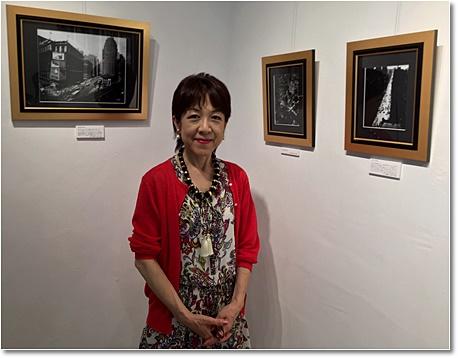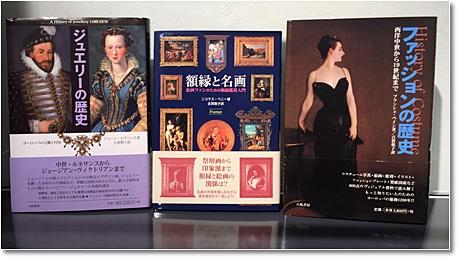Introducing Limcrasso, a greengrocer that only handles vegetables grown with pesticide-free and chemical-free fertilizers that opened in April behind Tsukiji Honganji Temple.
When I was looking for a restaurant where I could have lunch slowly near Tsukiji, is it a white wall, purple long Japanese shop curtain, a seemingly Japanese restaurant? A shop that stopped thinking of it. When I went inside as if I was inhaled, colorful vegetables jumped into my eyes.
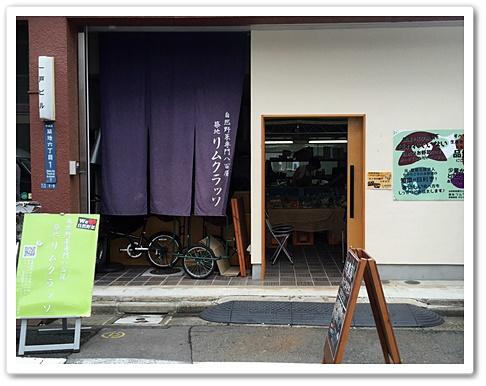

The mushroom that offered me "Please" was a mushroom with salt and olive oil and a little heat. The mouth is filled with the scent of mushrooms and the juicy umami in no time. Have you ever eaten such a delicious mushroom? Immediately, I was curious about the power of the vegetables at this shop.
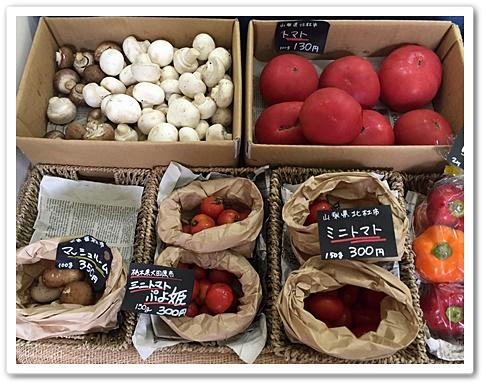
The vegetables handled by Limcrasso are zubari, "natural vegetables"!
Natural vegetables are methods that coexist with insects, microorganisms, and grass without using pesticides or herbicides, and grow without giving scientific fertilizer.
Some of the vegetables that Limcrasso handles are grown without fertilizer at all. The idea of growing vegetables without fertilizer is from the eyes of a long time. However, natural vegetation and wild grass grow well without fertilizer. In the season, you can enjoy bracken, spring, tarp buds, mizu, etc. That's the same thing.
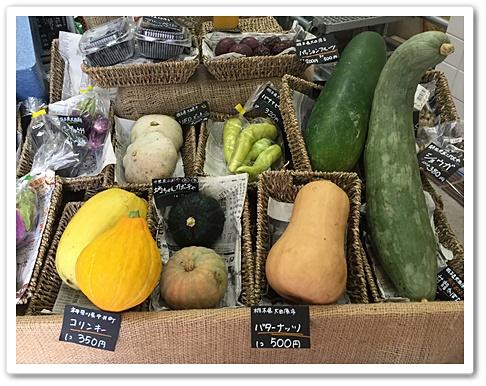
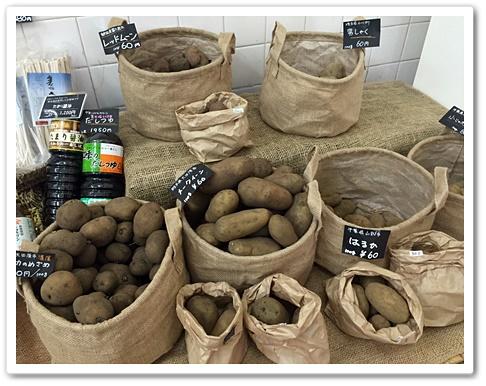
If you believe in the power of vegetables and prepare the environment, you will grow up well. It is Keitaro Matsushima and Yoko Maruyama of Limcrasso, who connect producers with such ideas and our consumers who want to eat safe and delicious vegetables. Because it is Chuo-ku, where genuine long-established stores gather, I look forward to Mr. Limcrasso, who will deliver the real thing in agriculture.
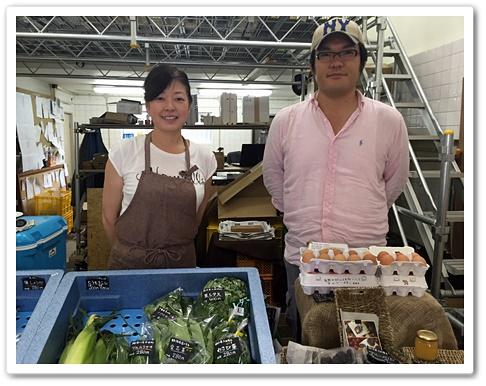
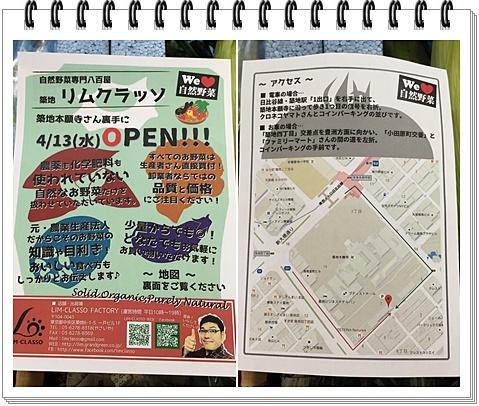
On the homepage (Facebook), information on vegetables sold daily is also posted.
If you are interested, please visit Limcrasso's website.
http://lim.grandgreen.co.jp/
DG Fish & Shellfish, a restaurant using Rimcrasso's vegetables, is located near the Hamarikyu Garden. It seems good to use it when walking around Hamarikyu. It's your home page.
http://dg2.grandgreen.co.jp/


